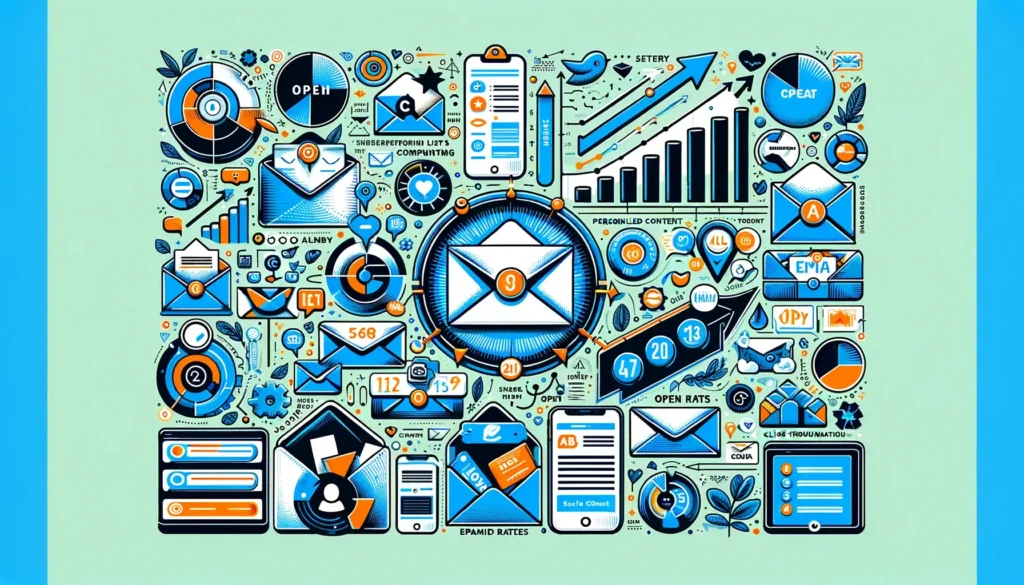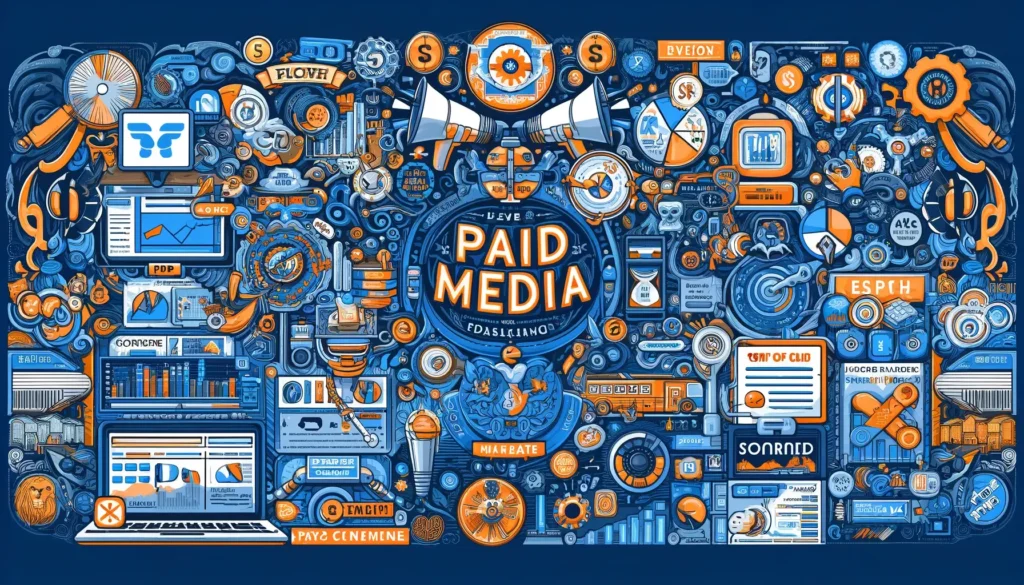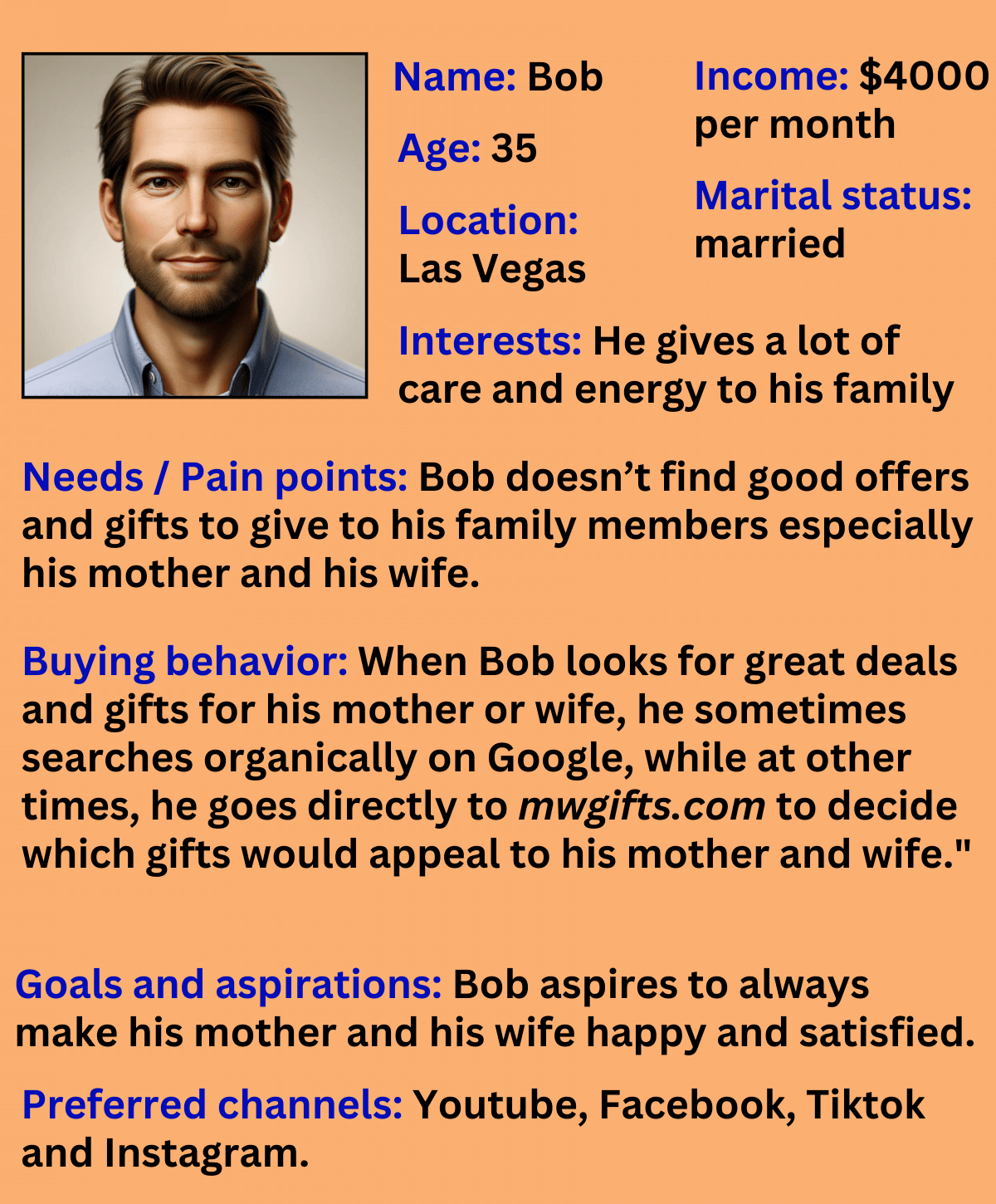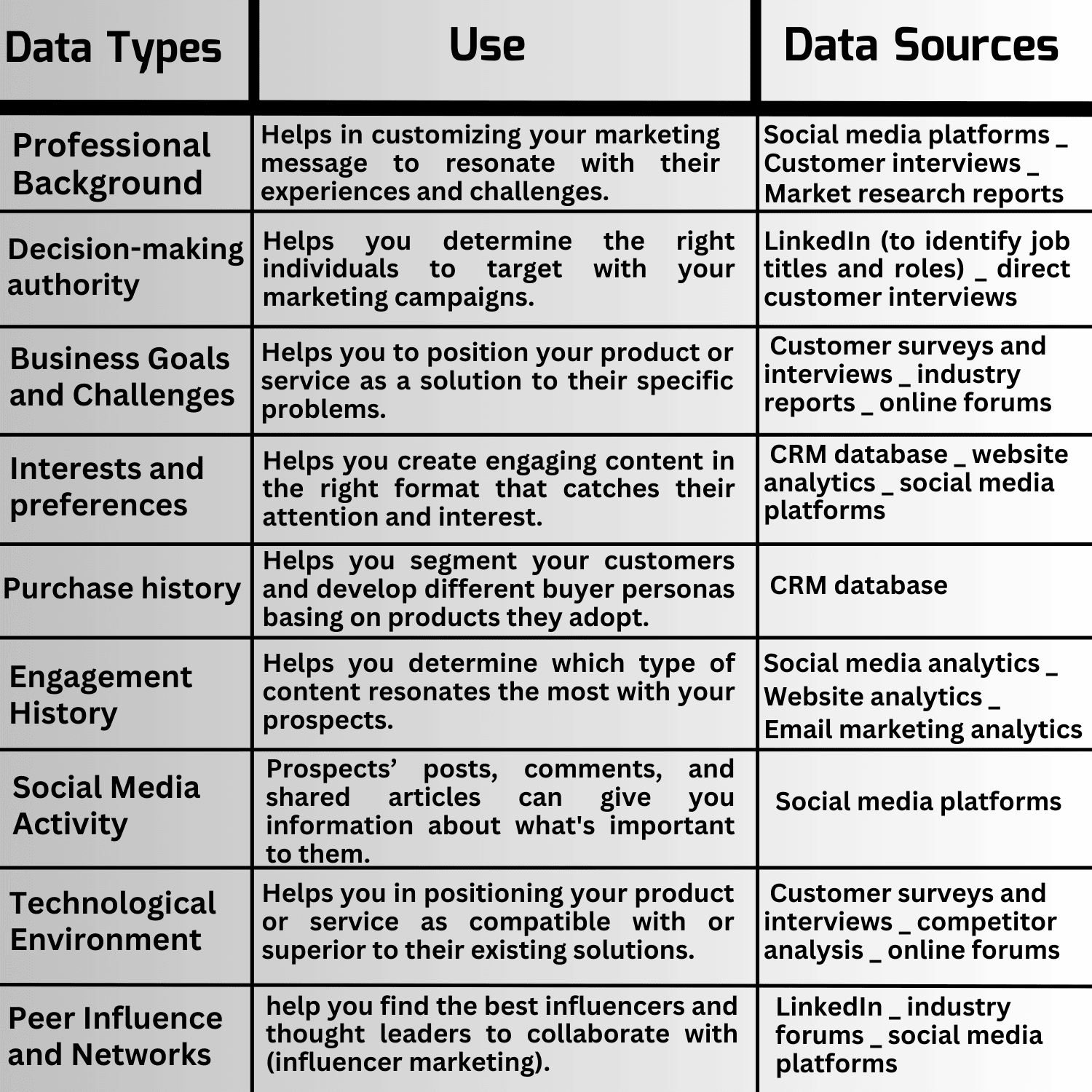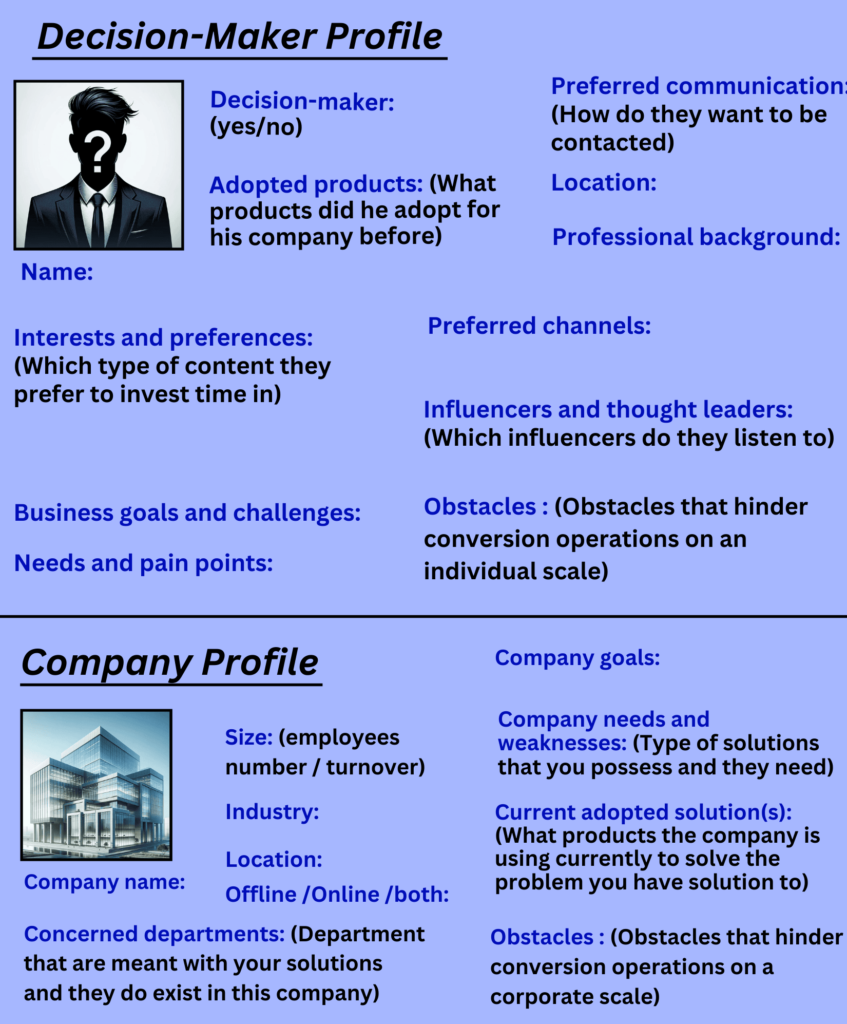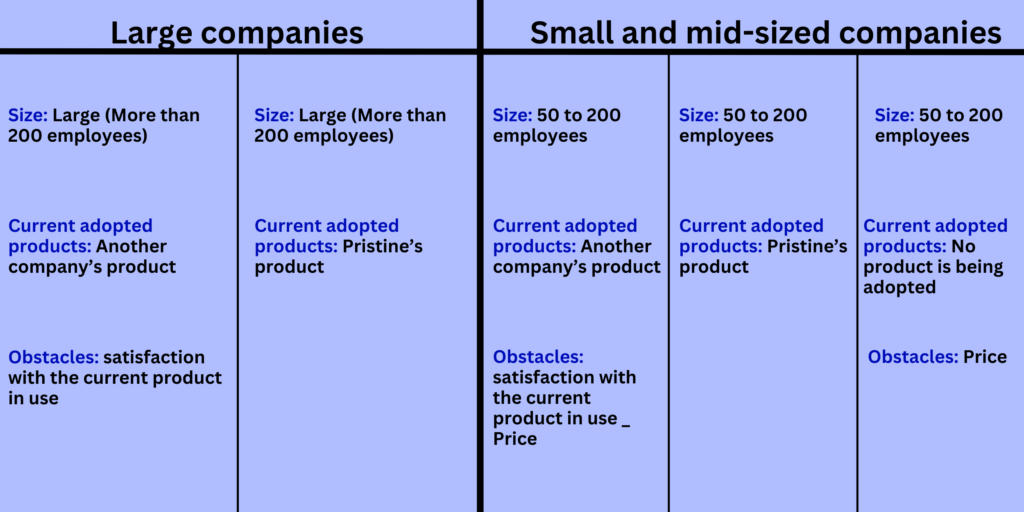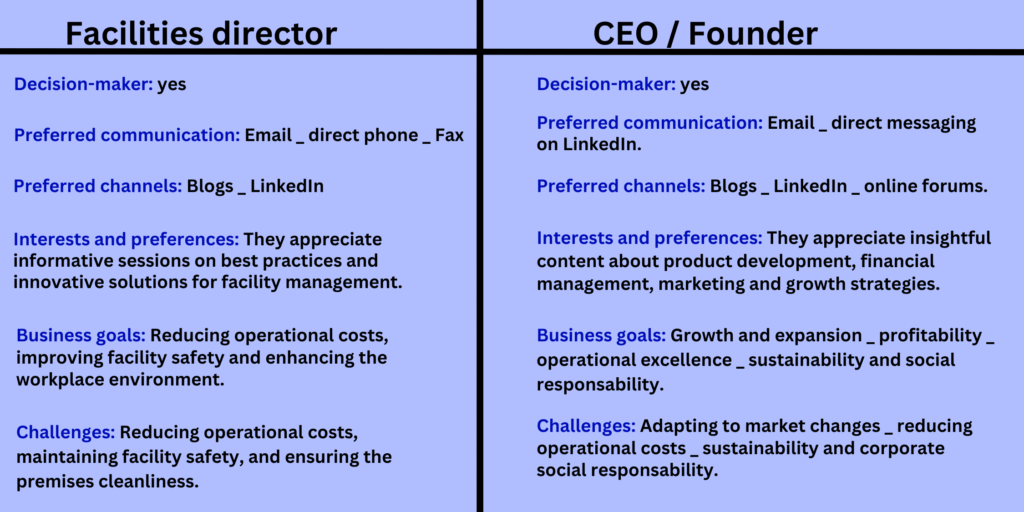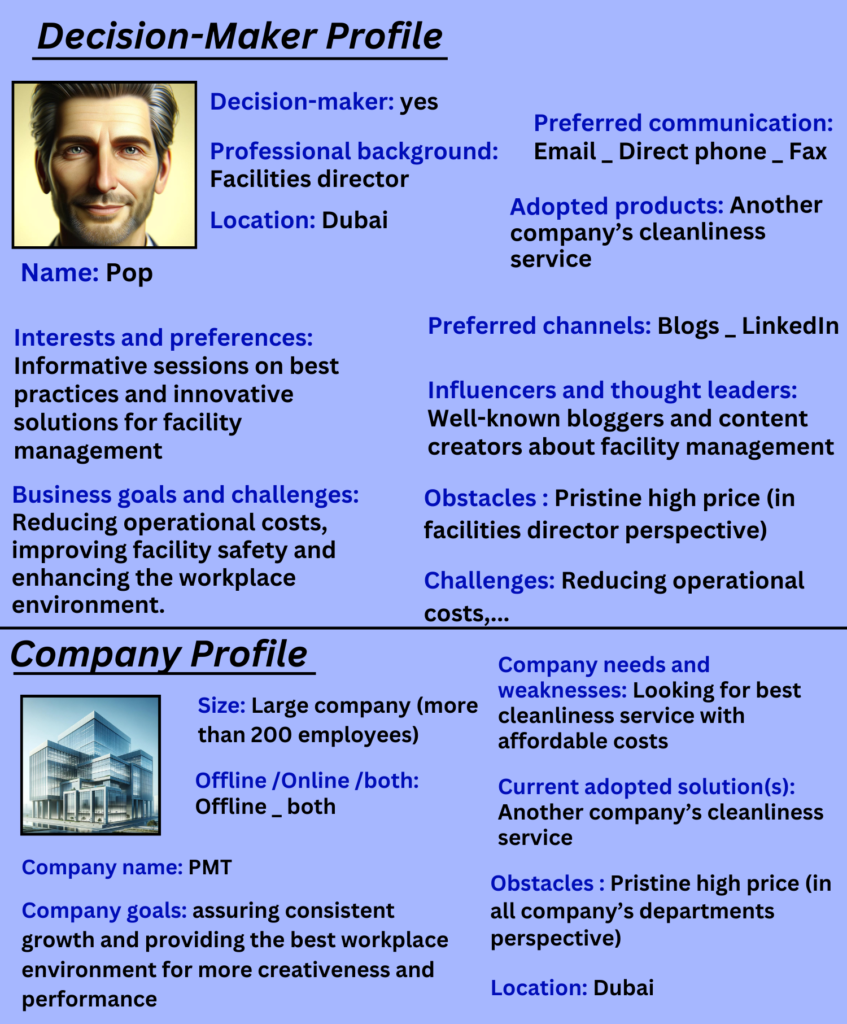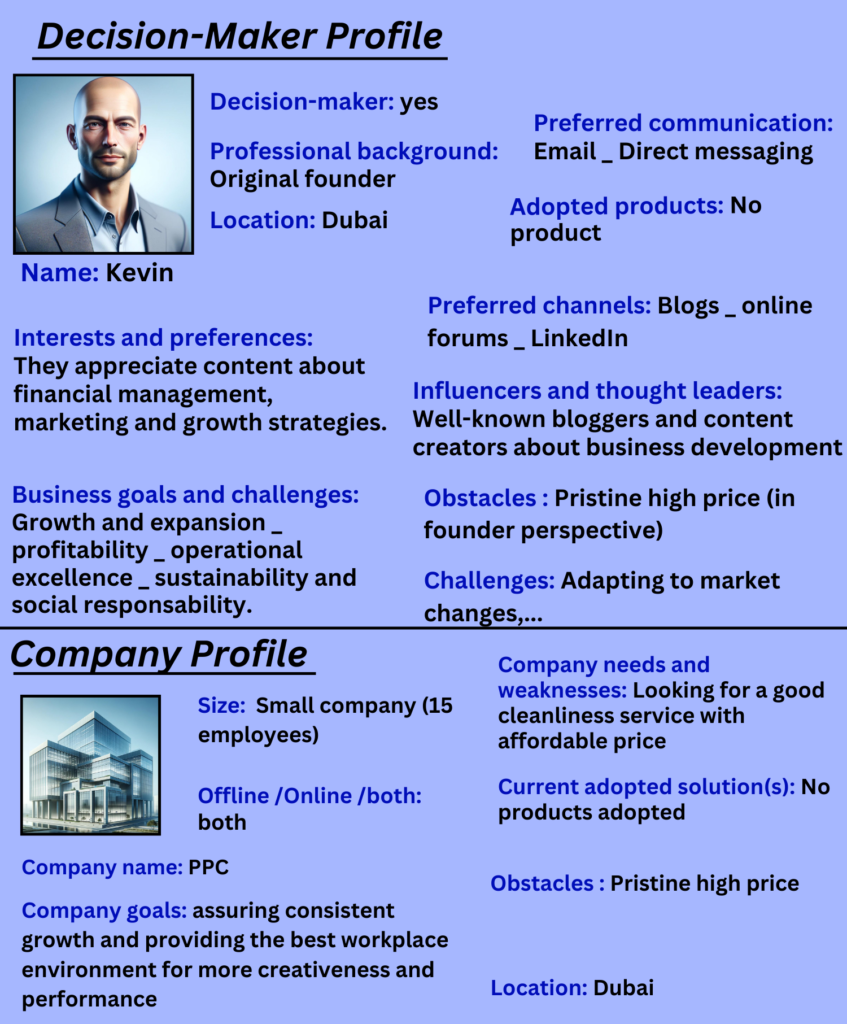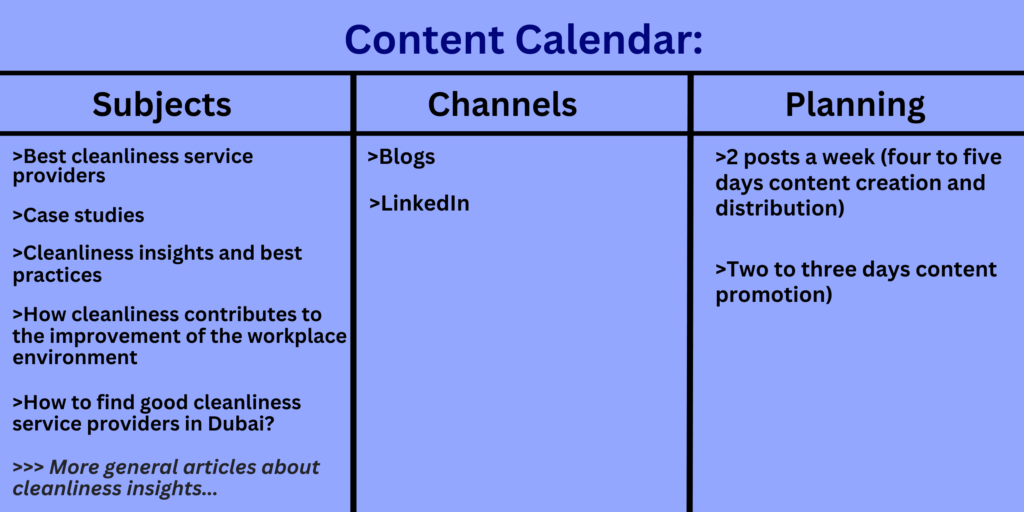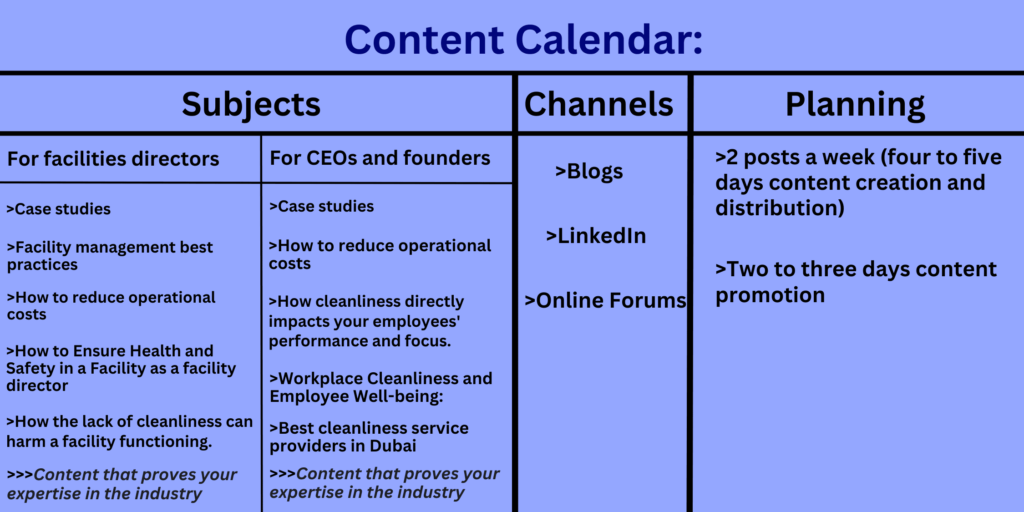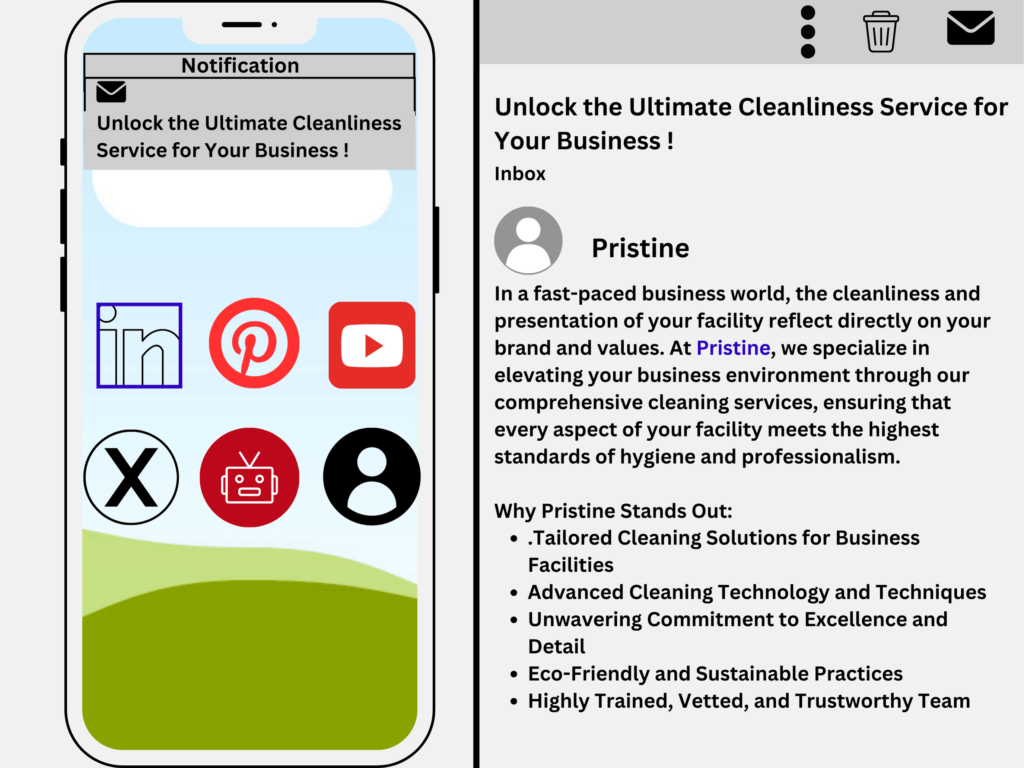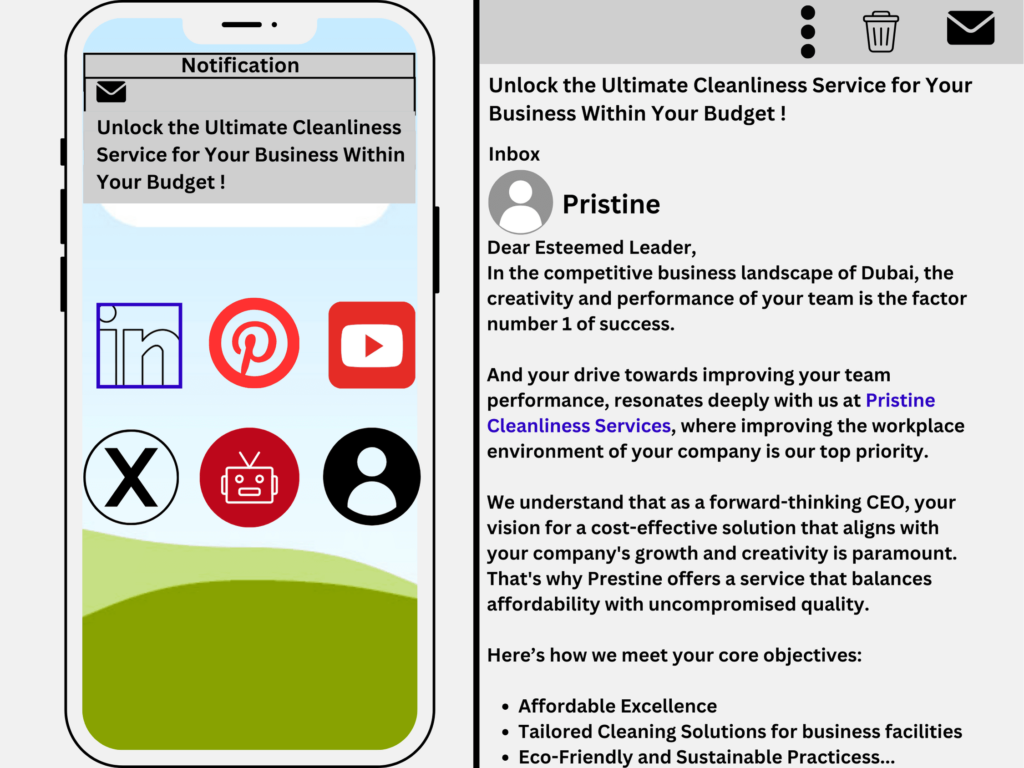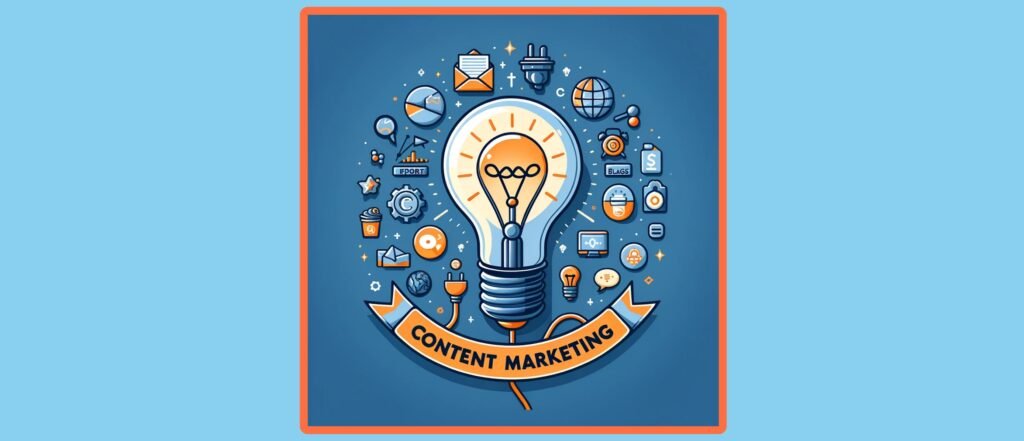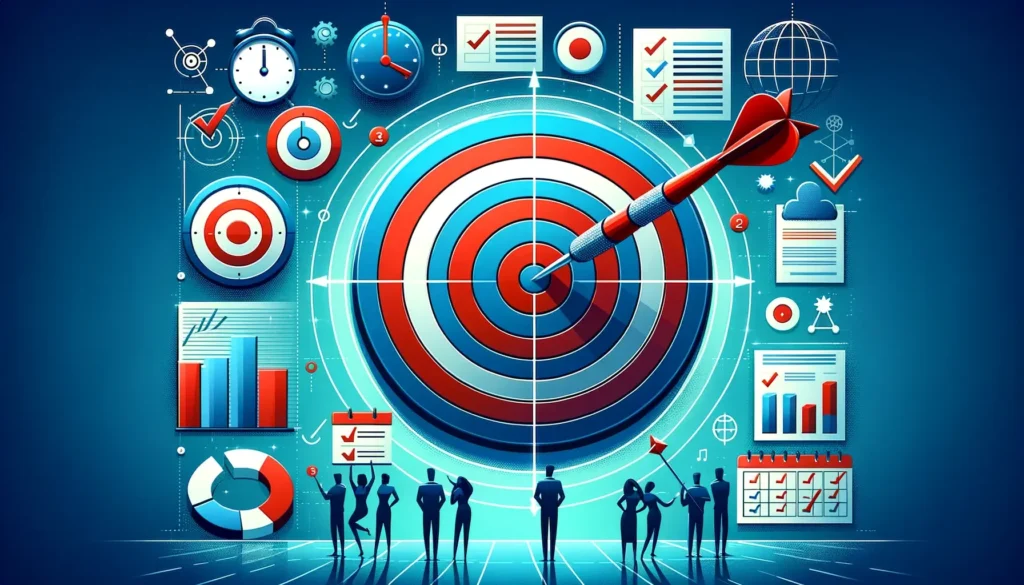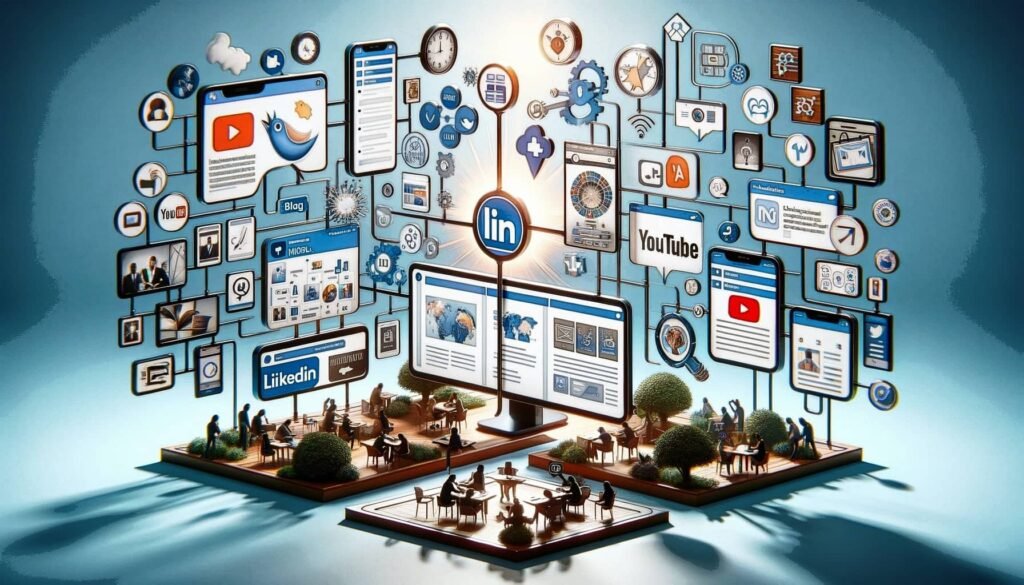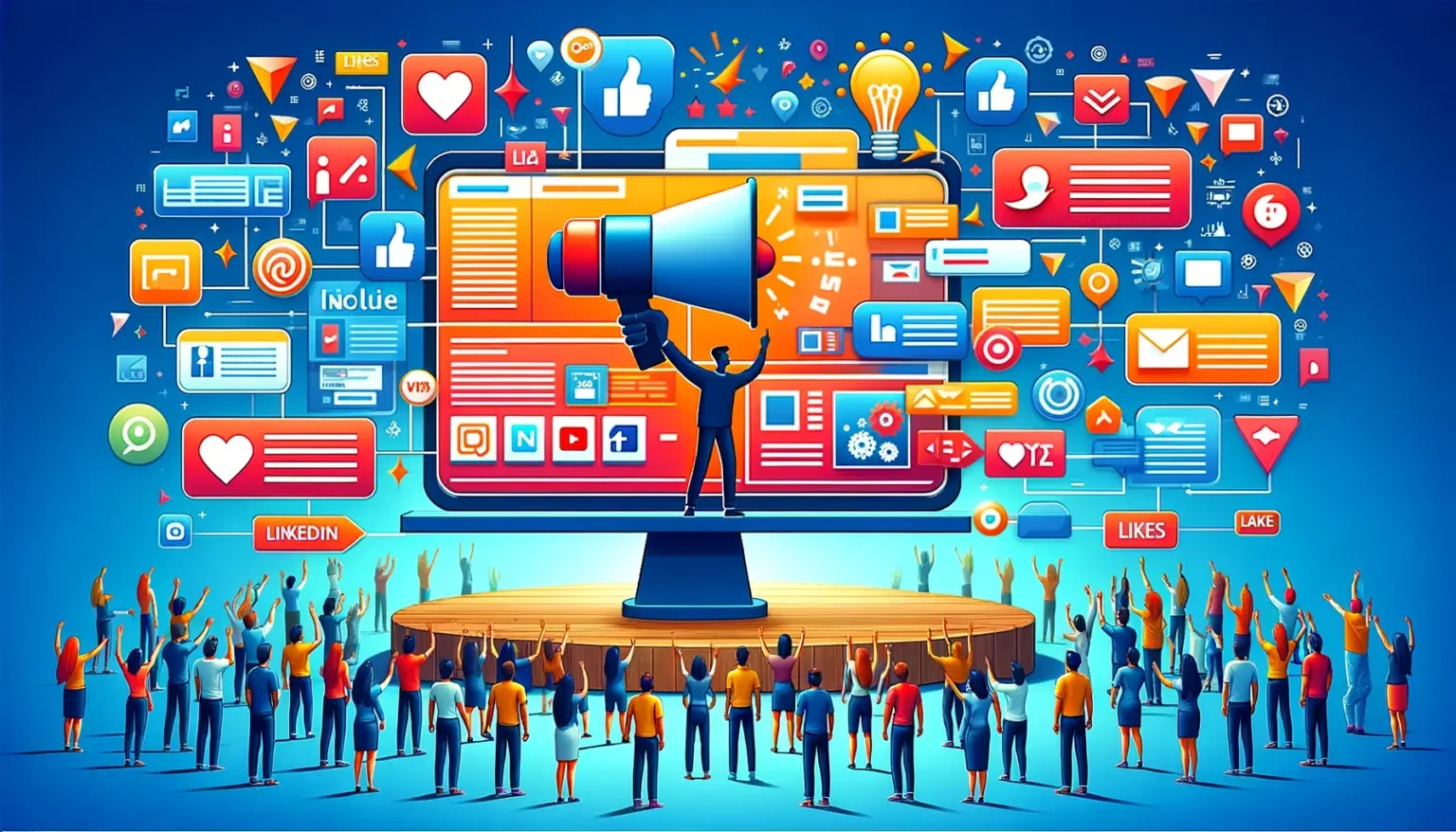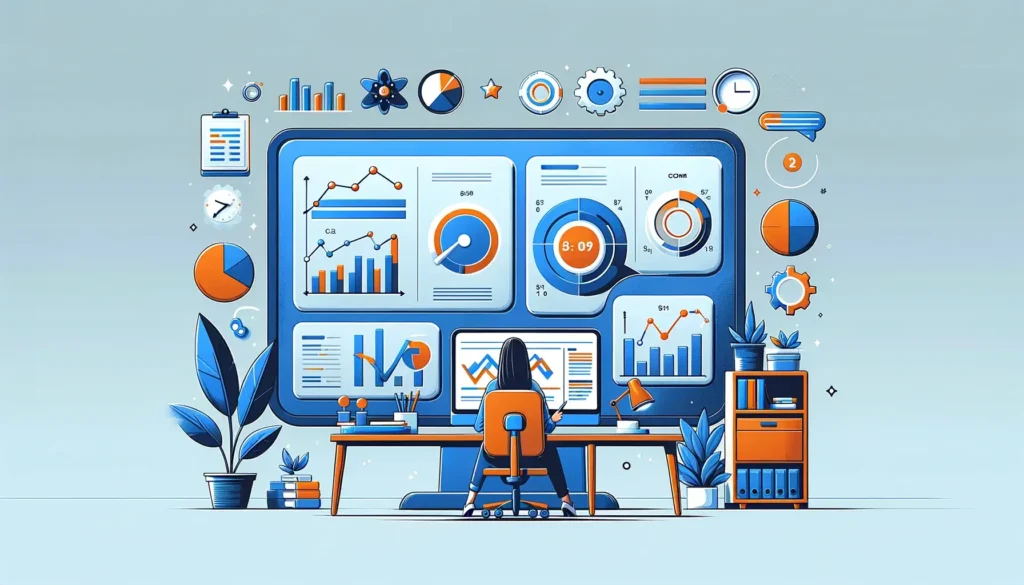What Is B2B Public Relations? Technologies and Strategies
What Is B2B Public Relations? Technologies, Strategies
Adopting a well-crafted B2B public relations strategy can be challenging for many entrepreneurs. Many B2B business owners don’t understand how they must do PR, and this is why they neglect it.
Neglecting public relations is really a bad idea, especially for B2B businesses, because PR plays a crucial role in building credibility, trust and good reputation, and these two elements are critical factors for succeeding in the B2B sector.
However, in this guide you will learn how to start doing B2B public relations and I will give some PR strategies that work for all B2B companies with all sizes. Let’s get started.
This full guide will cover the following points:
- What is B2B public relations?
- Difference between B2B and B2C PR
- Why B2B public relations is important?
- How does B2B PR Work?
- 6 B2B PR strategies
- Public relations technologies
What Is B2B Public Relations?

B2B public relations (B2B PR) is a set of techniques and strategies for controlling and managing how your B2B brand is perceived by the other entities including individuals, organizations and governments. The primary purpose of PR is building a strong reputation and credibility for the organization.
Difference Between B2B and B2C Public Relations
The difference between B2B public relations and B2C public relations lies mainly in the target audience.
B2B companies target and sell to other businesses, while B2C businesses sell to the final consumers, and so, their target audience differs significantly.
For instance B2B businesses target only key decision-makers and end users in a specific industry, while most of B2C businesses target a broad audience. Thereby, their public relations strategies differ significantly in terms of messaging and earned media type.
When B2B businesses create content, they focus on high-quality, problem-solving content and they must necessarily create a well structured buyer-journey, while B2C businesses don’t have to do all this, they often rely on paid ads and engaging, entertaining content.
And because of the difference between their ways of messaging, their PR approaches differ too, for example, B2B businesses generate earned media from thought leaders in the industry and other bloggers who operate in similar niches.
On the other hand, B2C businesses often generate earned media from different influencers who don’t necessarily have a well-defined audience. And so, the main factor that make B2B and B2C PR different is the nature of their target audience, which is different.
Why B2B Public Relations Is Important?
Public relations is so important for B2B companies because as I said previously, credibility and reputation are crucial for your success in the B2B sector.
And in order to convince you of the of the importance of public relations for your B2B business, I must highlight the benefits it can drive to your business. Consider the following benefits of B2B public relations:
- Credibility and Reputation Enhancement: Public relation helps you in enhancing the credibility and reputation of your business by getting media coverage, accepting interviews, gaining free mentions and more.
- Crisis Management: Public relations helps significantly in managing detrimental crisis when they arise.
- Boosting Visibility: Public relations can help you double the monthly traffic that your owned media receives by leveraging the free earned media you acquired through your PR strategies.
- Lead Generation: In the B2B sector, public relations are a powerful tool for generating leads, because PR improves your reputation, and decision-makers often opt for considering solutions of the most reputable and credible businesses.
- Cost-Effectiveness: Unlike paid media, Public relations helps you in increasing your visibility and generating more leads with a cost that cannot be compared to the massive paid ads costs.
Consider the following statistics too:
- The public relations industry was valued at $50Billion dollars, with 6,3% yearly growth (source: 99firms).
- 675 public relations professionals believe that PR brand mentions directly impact their brand authority and reputation (source: 99firms).
I think that the benefits I mentioned about public relations and the provided statistics must be enough to convince you of the advantages of adopting a B2B PR strategy.
How Does B2B Public Relations Work?
Public relations has many aspects and functions, it helps in enhancing the business reputation and building relationships by going through a strategic process.
Here is how B2B public relations works:
1. Research and Planning
The first task every PR professional do before implementing a PR strategy is conducting a research.
They start first by analysing the organization, understanding their target audience, researching the industry they operate in, and conducting a competitor analysis. Here is a breakdown of each element:
- Organization analysis: PR professionals start by analysing the company, they understand the values of the company, its history, the problem it solves, the role it plays in the other companies’ operations, and its current reputation and credibility.
- Audience research: They identify the needs, challenges and objectives of the end-users and key decision-makers involved in the buying-decision.
- Industry research: The PR teams research the industry where the target audience operate, they understand its trends, challenges and which problems the organization product solves.
- Competitive analysis: They analyze and understand how major competitors position themselves, their messaging tactics, and their public relations strategies.
Once they conduct this research, they start planning their PR moves accordingly in order to identify great public relations opportunities.
2. Content Creation
One of the most powerful ways for communicating and building a relationship with your target audience is to create high-quality, problem-solving content.
You must create content that addresses the problems your potential end users face, or a content that gives insights the key decision-maker of your target department looks for, you must also create content that favorises your B2B brand image like press releases and announcements.
However, in B2B public relations, technical, problem-solving content isn’t enough to have a lot media coverage opportunities, your B2B brand must create ‘likable‘ content that removes boredom and coldness from your brand image like inspirational and entrepreneurial content.
3. Owned Media Management
Owned media is the media that the company owns like its website and social media accounts,.
Managing owned media is crucial for your B2B public relations success because it is the gateway for unlocking exclusive media coverage and brand mentions opportunities.
For B2B businesses, managing owned media includes:
- Optimizing Your Website’s Content for SEO: Your website must necessarily be optimized for SEO for enhanced visibility.
- Social media management: With the rise of social media, PR professionals use platforms like LinkedIn, Facebook and Twitter for sharing the organization’s news, the industry trends and insights.
- Email marketing optimization: Email marketing provides a direct channel for distributing your pieces of content to your prospects, journalists, and other bloggers.
- Digital customer service: The owned media must be used for addressing the customers concerns by engaging with them and responding to their problems in the comments, including chatbots in the company’s website…
Overall, owned media management is an indispensable practice in the B2B PR that must necessarily be done effectively.
4. Earned Media Generation
Earned media is the media, mentions, coverage and the attention that the company earn without paying for it.
It includes mentions on other articles (blog posts), social mentions on social media, reviews, mentions on online videos, mentions on interviews, on newspapers, on magazines…
In terms of B2B public relations, earned media generation is almost the most important component along with owned media management.
However we will delve deeper into this point in the B2B public relations strategies section.
5. Measurement and Analysis
Assessing your PR strategy performance and refining future tactics cannot be done without using key performance indicators (KPIs).
Here are some KPIs you must consider when measuring and analyzing the performance of your PR campaigns:
- Earned media: How much positive media coverage and mentions did you get?
- Audience reach: How much traffic did you get? How much prospects have interacted with your marketing messages? How much leads did you generate after the PR campaign?
- Brand perception: How your brand is perceived by your prospects, employees, thought leaders and the government? What reputation your B2B brand holds?
Conducting a research to analyze these elements is worth your time and resources.
However, I think you understand the mechanism and key elements of B2B public relations, and in order to perform well in each process mentioned previously, you need to integrate some PR technologies and strategies.
6 B2B Public Relations strategies
In order to succeed in B2B PR, you don’t need a huge budget, but you need a strategy.
Unlike consumer-focused PR, B2B PR strategies focus on communicating and connecting with target businesses, key decision-makers and the other big actors in the industry.
Here are 6 B2B public relations strategies:
Strategy 1: Adopting a B2B Content Marketing Strategy
Adopting a content marketing strategy is a foundational element in your overall B2B public relation strategy.
This is because in the B2B sector, high-quality, problem-solving content is the primary tool that companies use in order to drive awareness and build reputation and credibility.
Here is how content marketing can enhance your overall B2B PR strategy:
- Building awareness: The primary aim of a B2B content marketing strategy is to make prospects aware of your existence in the market.
- Lead generation: If your content is high-quality and well promoted, you will start generating leads automatically, these leads could be key decision-makers or end users.
- Thought leadership: Creating and distributing content helps you in becoming a thought leader in your industry, which fosters your reputation and credibility in the market.
- Earned media generation: Great content can help you gain some social reposts, brand mentions, backlinks, media coverage, guest posting offers and many other earned media opportunities, which is the primary PR objective.
These are just few benefits of content marketing and how it contributes to the enhancement of your overall B2B public relations strategy performance.
Strategy 2: Media Relations
In the B2B sector, building thought leadership, credibility and reputation is a critical component that dictates your business success, and crafting a ‘media relations‘ strategy is one of the best practices for achieving that.
This strategy involves building robust relationships with big actors in your industry such as your prospects, business customers, thought leaders, and actors in other areas like journalists, interviewers, podcast hosts and producers…
These relationships enhance your public relations efforts in many ways including:
- More audience reach: If you have well-founded relationships with other bloggers and influencers in your industry, you can reach a broader and more targeted audiences.
- Earned media opportunities: These relationships help in generating more media coverage and brand mentions by engaging in podcasts, interviews, mentions in other thought leaders’ articles…
- Advocacy and word of mouth: If a business customer is having a great relationship with your business, they are more likely to refer to you to other business owners who are looking for a type of solutions you offer.
- Reputation management: Building such relationships help you in defending your brand reputation in case of a crises that threaten the company credibility and trust.
Strategy 3: Personal Branding
For me, every B2B business must consider adopting a personal branding strategy because it makes all the public relations processes easier and smoother.
In addition, it is one of the best ways for building trust, credibility and popularity for your business. It helps you in representing your business and promoting it effectively.
And the reason why I always recommend B2B business owners to opt for personal branding is because it removes the boredom and coldness around their brands by sharing content that give general insights for entrepreneurs like inspirational, entrepreneurial, and financial content, and of course, promotional content.
As a result, you will be able target the big heads in your target accounts like business owners and CEOs. However, personal branding actually gives many other PR advantages.
It helps you in defending your company reputation directly, simplifying it for interviewers and podcast hosts to do business with you, and so, earned media generation becomes much easier, leveraging media coverage for mentioning and promoting your business, building a sense of likability and appeal towards you, thereby, towards your brand.
This is why I always recommend B2B entrepreneurs to start doing personal branding because it is so beneficial for their PR.
Tip: I have a full article about personal branding in my LinkedIn account, after reading it, you will learn in details what B2B business models should adopt a personal branding strategy and the best practices for doing it.
Strategy 4: Events Development
During a PR campaign, there’s much more tactics for use other than content creation, while it is fundamental, it’s certainly not everything.
For better results, you must necessarily opt for other tactics like organizing events that affect the effectiveness of your public relations campaign for the long-term.
In the realm of B2B public relations, events are an effective PR driver because it helps in enhancing your ‘media relations,’ increasing your brand visibility, and facilitating partnerships with other major actors within the professional landscape.
Here are examples of some events that you must necessarily consider their inclusion in your overall B2B PR strategy:
1. Industry Conferences and Trade Shows:
Industry conferences and trade shows are types of events that serve the purpose of showcasing products, networking with potential clients and partners, and staying updated on industry development and trends.
However, the ‘host‘ and organizer of such events—which must absolutely be your brand—will gain a lot of benefits including an improved reputation and increased visibility, awareness and recognition.
2. Thought leadership forums:
Hosting thought leadership forums like seminars, webinars, and panel discussions allows businesses to position themselves as thought leaders in the industry, share valuable insights, and establish credibility among peers and potential customers.
Hosting such events make your brand recognizable and likable, and enhance your B2B PR campaign performance.
3. Customer Appreciation Events:
Your B2B company can organize an event to express gratitude to their loyal customer, and prove their commitment to customer satisfaction.
This practice help in strengthening your relationship with your customers and improve your company’s brand image in the customers’ perceptions, which is one of your PR campaign goals.
4. Industry awards and recognition events
Industry awards and recognition events allows your potential business customers to celebrate achievements, share their success stories, and build relationships with peers.
Such events, like the others, enhance your reputation and improve your brand image.
Developing and organizing such events is so beneficial for your B2B public relations campaign, as they make your brand more recognizable and likable within your audience industry.
Strategy 5: Strategic Partnerships
Strategic partnership has a significant, positive impact on your B2B public relations campaigns.
Partnering with reputable businesses can help your B2B brand in extending its reach, enhancing its credibility and reputation, hosting more events by sharing resources, managing crises better, and unifying points of strength and remedying weaknesses.
For that to happen, there are some ‘best practices’ that you must opt for if you want to leverage your strategic partnership in PR:
Co-Marketing Initiatives: Launch joint marketing campaigns that combine the strengths and resources of both partners. This could include co-authored white papers, webinars, or co-hosted events that draw attention from both partners’ customer bases.
Joint Press Releases: Announce your partnership through a joint press release. Ensure it highlights the benefits of the partnership, not just to both companies but also to the industry or customers. This can generate media coverage and industry buzz.
Shared Expertise: Utilize the expertise of both partners in public discussions, panels, and speaking engagements. This not only showcases thought leadership but also highlights the partnership’s value and depth.
Social Media Collaborations: Use social media platforms for cross-promotion. Regularly sharing each other’s content, participating in joint live sessions, or creating shared content can boost visibility and engagement.
By adhering to these best practices, you will be able to leverage your partnership and a great public relations value from it.
Strategy 6: Mention Your Brand Mission And Values
Wherever and whenever possible, always mention your B2B business mission, values and what does it actually do.
Whether in your social media accounts, in your blog, in online forums, interviews, , industry conferences… Always mention them because they have a great emotional impact and a great public relations advantage. However, the remaining question is:
How can I use them to boost my B2B PR effectiveness? You can do this by clearly articulating what your brand stands for in your content and your earned media if possible.
These values should resonate with your target audience and reflect the commitment and ethics of your company. You must develop content that reflects your brand values and mission in both message and tone.
Whenever I start talking about emotions, people argue that emotions have no place in the B2B sector, and that’s completely wrong, because let’s be honest, most B2B businesses offer almost the same quality of service.
And so, what makes difference is those small details that most boring B2B companies neglect, performance is the most important factor of success, sure, but what to do if your competitors’ products are performant like yours?
Public Relations Technologies
In order to implement your B2B public relations strategy effectively, you need to integrate with it some technologies and tools.
These technologies help you in structuring your work, automatizing tasks, streamlining processes and more.
Here are some public relations technologies that you may consider for enhancing your B2B PR campaign:
1. Customer Relationship Management (CRM) Systems:
Customer relationship management (CRM) tools are so useful for B2B public relation campaigns.
They help manage their interactions with major stakeholders like leads, customers, journalists, and partners. By leveraging the data in the CRM database, public relations professionals can personalize their communication and strengthen relationships over time.
In addition, CRM systems provide valuable data that can help PR professionals measure the impact of their campaigns, understand audience characteristics and refine their PR strategies.
Analytics can show what messages resonate best, the most effective channels, and how interactions influence public perception and brand reputation.
However, CRM technologies also help in streamlining the organization of events , they can help manage invitations, registrations, follow-ups and attendees, which are critical for maximizing your event impact.
2. Media Databases and Coverage Tools:
For B2B businesses that are looking for media coverage opportunities, there are several tools that help in achieving that.
Media databases help in finding occasions for being covered by journalists, gaining interviews opportunities, and doing collaborations with relevant influencers.
Tools like Cision, Meltwater, and PR Newswire offer a set of information and data about journalists and media outlets, which help businesses target the most relevant reporters and influencers by industry, location and more.
In addition to media databases, press release distribution services like Business Wire and GlobeNewswire allow businesses to distribute and share their press releases with wide array of journalists and media outlets, which broaden the press release exposure and your overall B2B public relations campaign.
3. Event Management Tools:
Managing events includes a lot of tasks like planning and organization, registration and ticketing and more.
Here are some tools that help you in managing each task:
- Planning and organization tools: These tools help in assigning tasks, setting deadlines, and tracking progress to ensure that all aspects of the event are managed in time. Examples: Asana and Trello.
- Registration and ticketing: These tools enable attendees to register or buy tickets online. they often include customizable forms, payment processing, and automated confirmation emails. Examples: Eventbrite and Cvent.
- Marketing and Promotion: Tools like Mailchimp can be used to send out invites and event updates. In addition, social media platforms are also useful for promoting the event within the community.
For virtual events that B2B businesses host like webinars, tools like Zoom and Webex enable virtual event capabilities, including live streaming, webinars, and virtual networking environments.
4. Social Media Tools:
When it comes to social media, there are many tools that can help you realize whether your B2B public relations campaign has performed well or not.
You can use a tool like Hootsuite to track ‘social mentions’ on LinkedIn, Facebook and the other platforms before and after your PR campaign.
In addition, it helps in scheduling your content publishing rate, which helps in maintaining a consistent online presence
You can also use it for analytics and reporting, it helps users track the performance of their posts and campaigns, measure engagement, and analyze audience behavior to refine their social media strategies.
5. SEO Tools:
SEO tools are essential if you want to make your public relations efforts on your website visible to the public, in addition, they help you in generating a lot of earned media opportunities.
For instance, if you want to acquire some backlinks for some specific articles, you can use a tool like SEMrush to get insights about relevant websites that may accept to link to you if your content is complementary to theirs.
In addition, they have features for analyzing keywords in terms of search volume, competition, and more insights.
6. Website Analytics Tools:
Website analytics tools are essential for your B2B PR campaign because they help in knowing how much visitors have visited your website, from where they came, which web pages are visited the most and more.
Google analytics is the most common tool used by webmasters and it is free and it is quite sufficient to track your website performance in terms of visibility and traffic.
However, when using a website analytics tool, always track the performance of your PR campaign by analyzing and checking the traffic of your website before and after the campaign.
These are the most common public relations technologies and tools that every PR professional or marketer should do.
However, our guide ends here. I hope this article was helpful.
Be the first one who get alerted once we publish our 250p B2B content marketing book
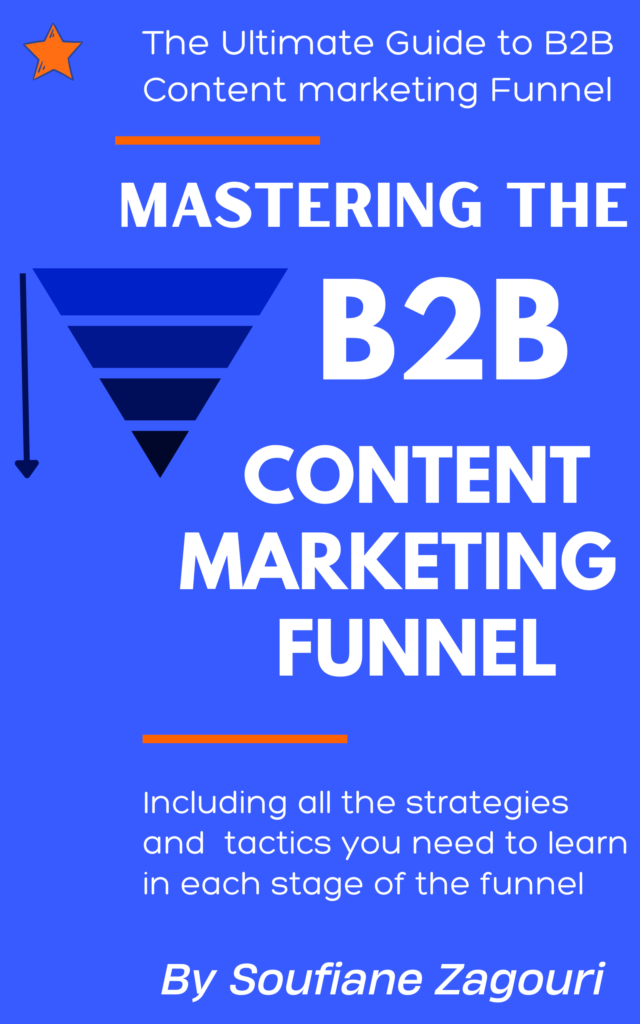
I'm Soufiane Zagouri, a B2B marketer and the owner of HubRefs. Before founding this business, I dedicated years to educating myself in many marketing aspects like content marketing, SEO and direct marketing, and gaining experience in the B2B sector, with a special focus on content marketing. My insights and strategies are tailored to increase brand awareness and conversion rates.





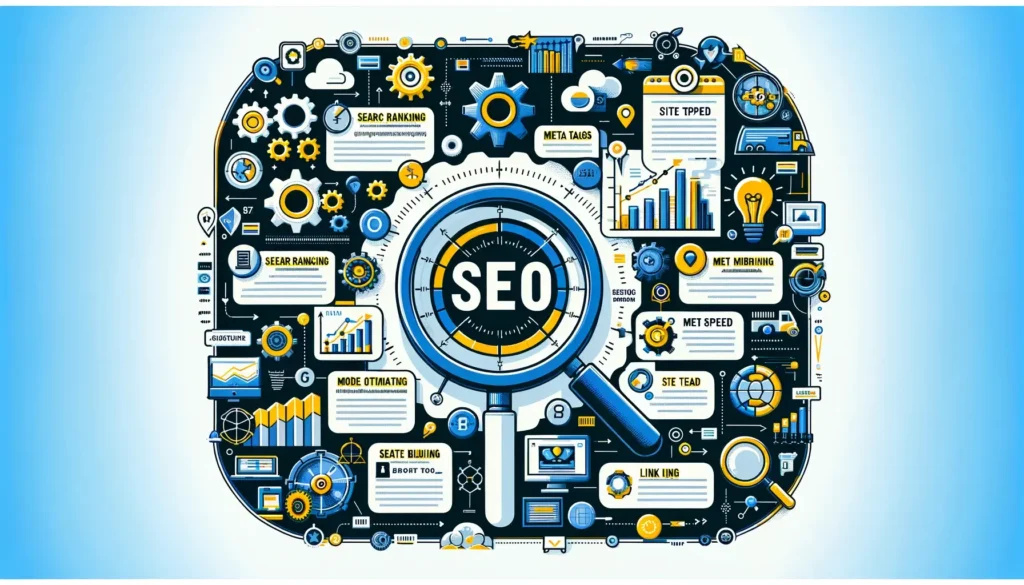
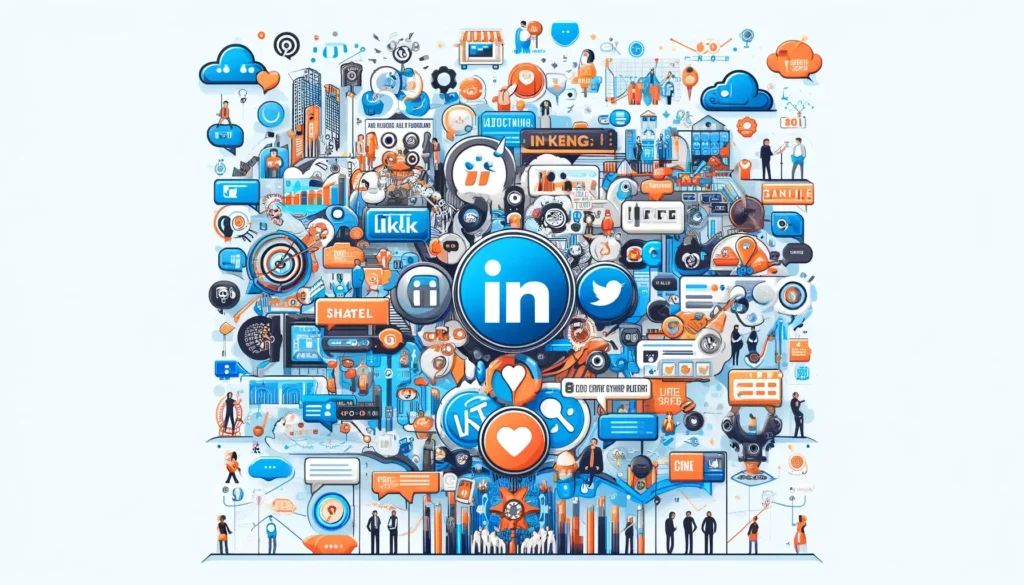
 .
.